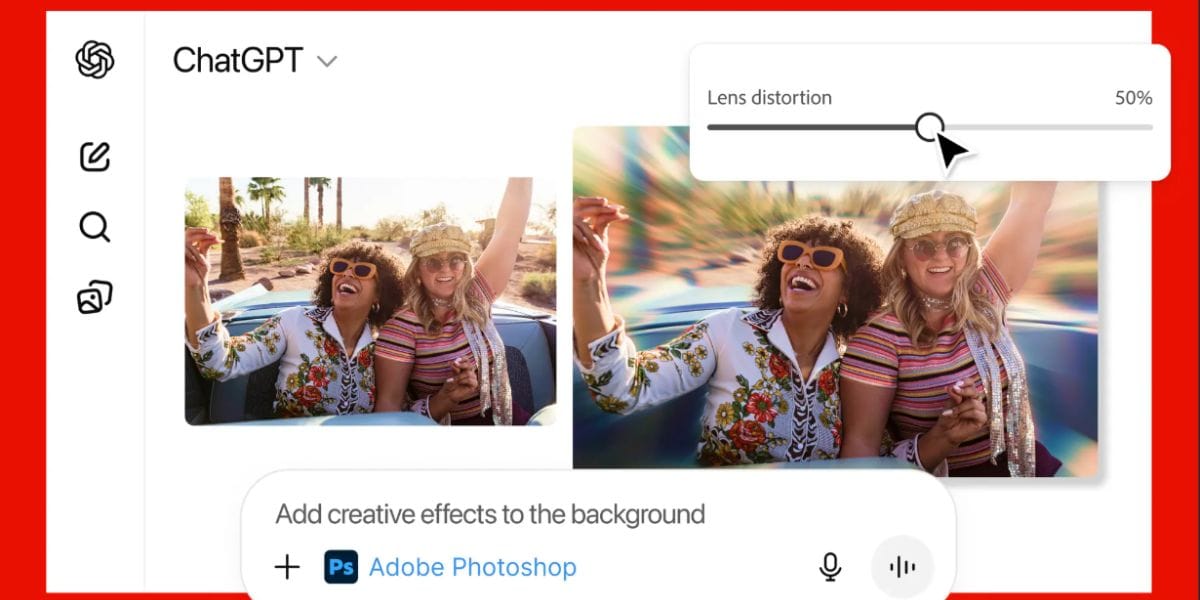Google has entered the conversational AI technology race with the launch of its latest project, Bard. This endeavor aims to combine Google’s vast knowledge base with the impressive capabilities of large language models.
To kickstart the development of Bard, Google has released a “lightweight” version of their model for testing purposes. They have utilized their own LaMDA (Language Model for Dialogue Applications) to power a conversational AI system. This not only exhibits intelligence but also taps into the vast knowledge available on the internet. This move positions Google at the forefront of the evolving conversational AI landscape, alongside OpenAI’s Chat GPT. The development of these cutting-edge technologies represents a thrilling advancement, and Google is leading the charge.
Google Bard A The ChatGPT Rival
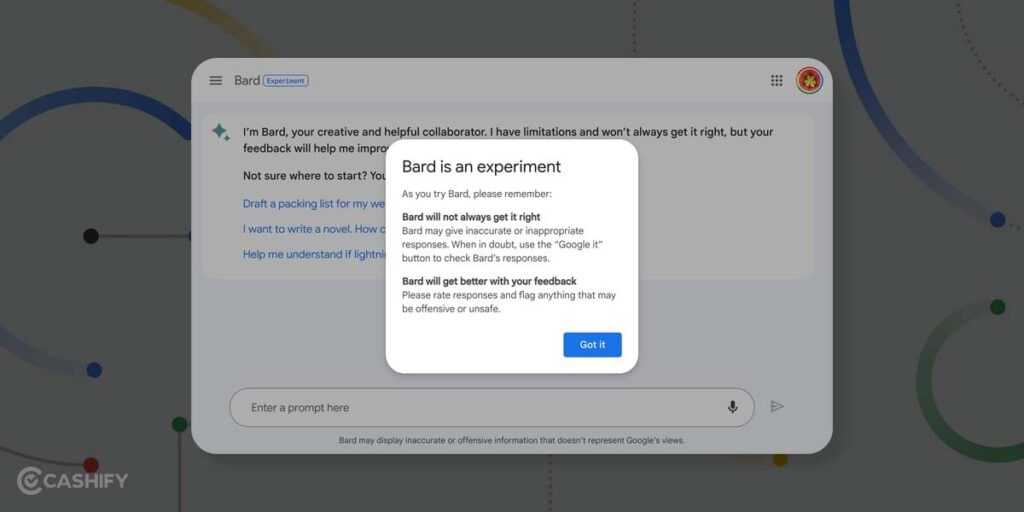
Google’s unrivalled position as a comprehensive source of web content amplifies the excitement surrounding Bard’s potential. By leveraging its extensive knowledge bank, Google aims to offer users a heightened level of convenience and accessibility. The exact manner in which this information will be processed and presented remains to be seen, and time will reveal the true capabilities of Bard. As we delve deeper into this innovative technology, it is essential to consider its implications not only for Google but also for the broader tech industry.
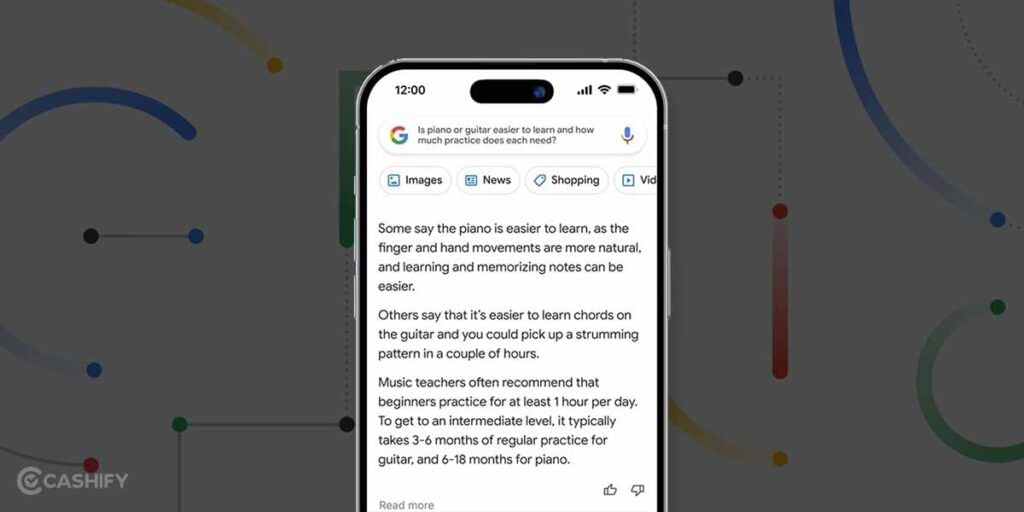
The emergence of Bard represents a turning point in the evolution of conversational AI. And is sure to shape the development of similar products in the future. As conversational AI becomes increasingly prevalent, businesses will need to adapt their strategies to ensure their online presence is optimized for voice search and other AI-powered features. When Bard gets out of experimental beta, it will revolutionize the way we interact with the internet, with far-reaching consequences across various industries.
10 Interesting Facts About Google Bard We Bet You Didn’t Knew
Now, Let’s talk about 10 facts about google bard we bet you didn’t know!’
1. Why Bard

The name “Bard” pays homage to the bards of Celtic cultures who were skilled in storytelling, music composition, and historians. They played a vital role in preserving and sharing cultural heritage through their poems and songs.
2. LaMDA
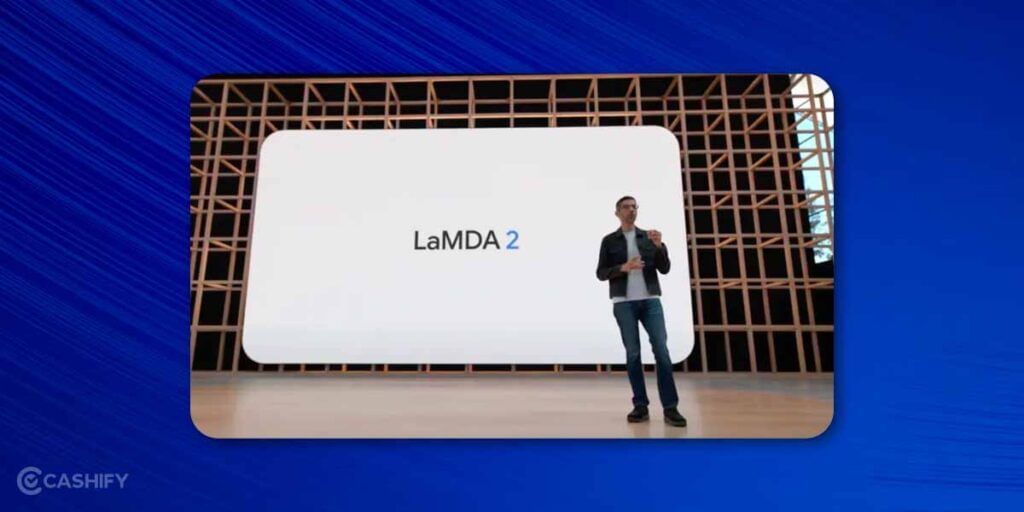
Google Bard is built on the foundation of Google’s LaMDA (Language Models for Dialog Applications) model. LaMDA was introduced by Google AI in 2021 and serves as the basis for Bard’s impressive capabilities. Google updated it to the LaMDA 2 Conversational AI model during the Google IO 2023.
3. Privacy is Priority:
Google places a strong emphasis on user privacy and security. The upgraded Bard model incorporates robust privacy measures to protect user data and ensure secure interactions. Users can have confidence in engaging with Bard, knowing that their personal information is treated with the utmost care and adherence to privacy standards.
4. Programming Marvel:
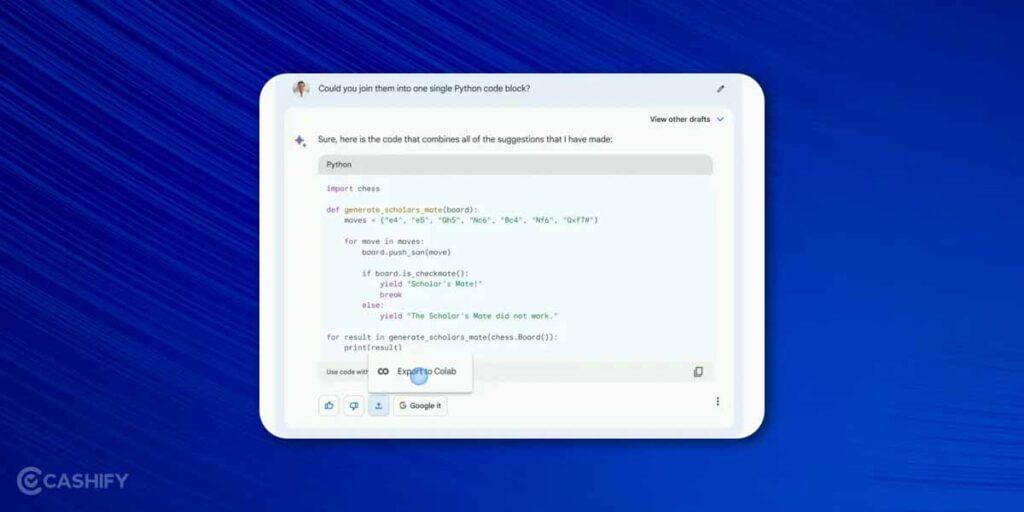
Bard’s programming process is truly impressive, as it has mastered over 20 programming languages. This includes popular languages such as C, C++, Java, Dart, Kotlin, HTML, and JavaScript, as well as Google Sheets functions and many more. Bard’s capabilities extend beyond just understanding the syntax of these languages. It has become adept at generating code, debugging programs, and providing clear explanations. With its vast knowledge and understanding of various programming languages, Bard proves to be a valuable asset for developers and enthusiasts seeking assistance in their coding endeavors.
5. Highly Versatile:
Bard’s versatility makes it a powerful tool for multiple applications. It can assist in educational endeavours, providing explanations, answering questions, and generating creative content. It also excels in entertainment, capable of telling stories, engaging in games, and delivering other forms of amusement. Additionally, Bard aids productivity by assisting with writing, translation, coding, and more.
6. Enhanced Creativity:
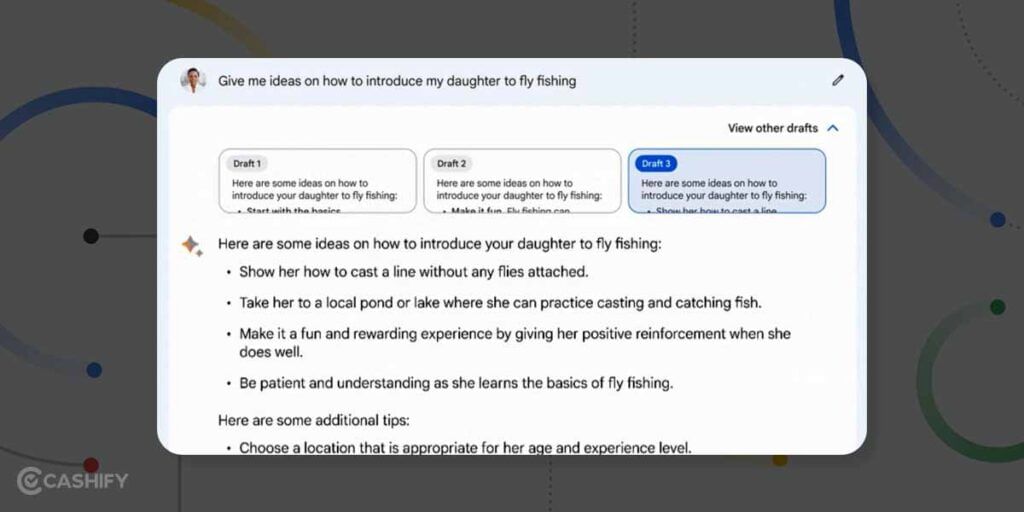
One of the notable improvements in the upgraded version of Google Bard is its enhanced creativity in generating text. It can now produce imaginative and engaging content, making it a valuable tool for content creators, writers, and artists seeking inspiration or assistance in their creative endeavors. Whether it’s generating storylines, crafting unique poems, or suggesting innovative ideas, Bard’s creative output is sure to captivate users.
7. Ethical Guidelines:
Google recognizes the responsibility that comes with developing AI models like Bard. The upgraded version includes a stronger adherence to ethical guidelines. The AI model has been fine-tuned to prioritize responsible and unbiased content generation, promoting ethical usage and minimizing the risk of spreading misinformation. This ensures that users can rely on Bard for accurate and reliable information.
8. Improved Conversational Capabilities:

The upgraded AI model has been optimized to excel in conversational interactions. Google Bard can engage in more coherent and context-aware conversations, providing more meaningful and relevant responses to user queries or prompts. Whether it’s holding a casual conversation or addressing complex topics, Bard’s improved conversational abilities contribute to a more seamless and engaging user experience.
9. Enhanced Multilingual Support:

Google Bard now offers improved multilingual support, enabling it to generate text in a wider range of languages. This enhancement is particularly beneficial for users from diverse linguistic backgrounds who can now interact with the AI model more effectively. Bard’s ability to understand and generate content in different languages opens up new opportunities for cross-cultural communication and collaboration.
10. Continued Learning:
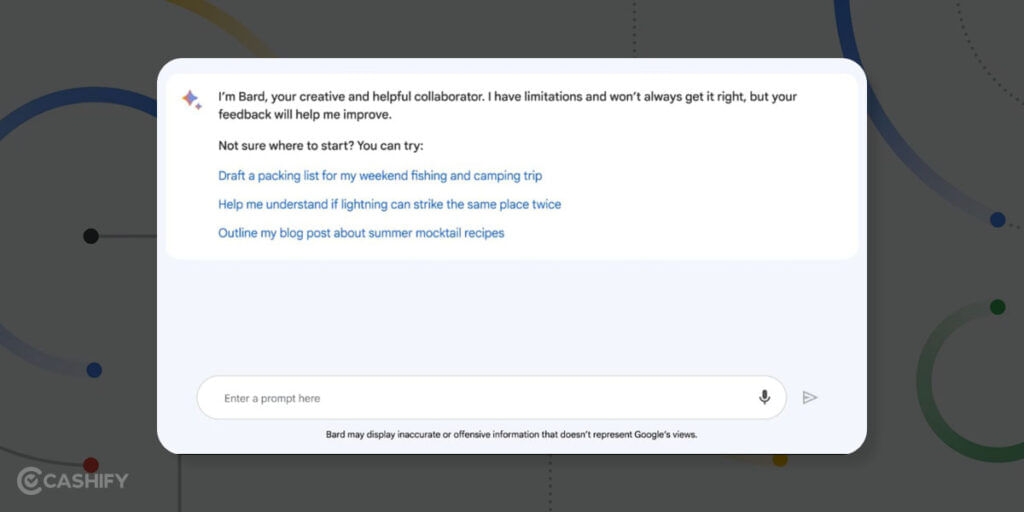
The upgraded version of Google Bard is designed to continually learn and adapt to new information. By leveraging advanced machine learning techniques, the AI model can stay up-to-date with the latest trends and developments, providing users with the most relevant and accurate information. This continuous learning aspect ensures that Bard remains a dynamic and knowledgeable conversational AI assistant.
As Google Bard continues to evolve and improve, it holds immense potential to transform various aspects of our lives. From education to entertainment, productivity to creativity, Bard’s upgraded capabilities open up possibilities. Google’s dedication to advancing conversational AI technology not only benefits individual users but also has broader implications for industries, research, and the overall technological landscape.
However, as with any advanced AI technology, it’s crucial to approach the use of Google Bard with a critical mindset. While the upgraded model strives to provide accurate and reliable information, users should exercise discernment and verify critical information from multiple sources. Responsible usage and awareness of the limitations and biases of AI models contribute to a more informed and balanced interaction with Google Bard.
Google Bard Vs Ethics
The development of conversational AI technologies like Google Bard also raises important ethical considerations. As AI systems become more sophisticated, it becomes crucial to ensure transparency, accountability, and fairness in their development and deployment. Google’s emphasis on ethical guidelines and responsible content generation is a step in the right direction. Striking a balance between technological advancements and ethical practices will be essential to foster trust and promote the responsible use of conversational AI.
Looking ahead, the continued refinement of Google Bard will likely result in even more impressive capabilities. As the AI model’s training dataset grows and new techniques are incorporated, Bard’s understanding of various domains and ability to generate high-quality content will improve. This opens up possibilities for enhanced collaboration between humans and AI, where Bard can assist professionals in tasks ranging from content creation to problem-solving, ultimately amplifying human productivity and creativity.
As the field of conversational AI progresses, it is important to address concerns and challenges that may arise. Issues such as privacy, data security, algorithmic biases, and the potential impact on human employment should be carefully monitored and addressed through ongoing research, regulation, and public dialogue. By taking proactive measures to mitigate these challenges, we can ensure that the benefits of conversational AI are harnessed while minimizing potential risks.





























